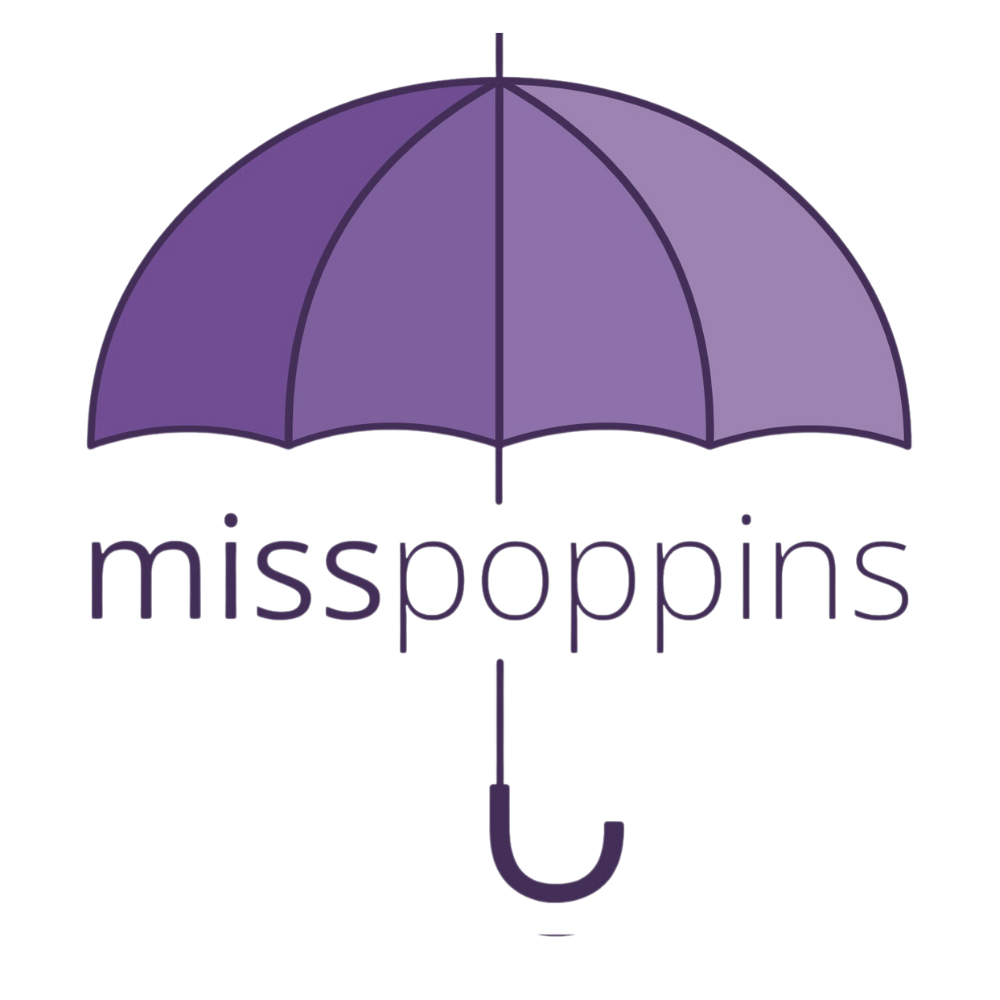Steps to Speech: Navigating the Toddler Language Ladder
A language ladder for a toddler is a developmental framework that outlines the typical stages of language acquisition and communication skills as a child progresses from infancy to early childhood. It provides a guideline for parents, caregivers, and educators to understand and track a toddler's language development milestones. While it may not have as many stages as the language ladder for older learners, it focuses on key developmental phases for young children. Here's a simplified version of a language ladder for a toddler:
Babbling Stage (6-12 Months): Toddlers start by producing simple sounds and repetitive syllables (e.g., "ba-ba" or "da-da"). They experiment with vocalizations and imitate sounds they hear.
Single Words Stage (12-18 Months): Toddlers begin to utter their first recognizable words. These are typically nouns, such as "mama," "dada," or common objects like "ball" or "dog." Their vocabulary is limited but growing.
Vocabulary Expansion (18-24 Months): As toddlers approach the age of 2, they add more words to their vocabulary. They start using basic verbs, adjectives, and pronouns. They may say phrases like "more juice" or "big truck."
Two-Word Phrases (24-30 Months): Toddlers progress to combining two words to form simple sentences. They express basic needs and preferences, such as "my toy" or "mommy help."
Sentences and Questions (30-36 Months): As they approach their third birthday, toddlers can construct more complex sentences. They begin to ask questions (e.g., "What's that?") and engage in short conversations.
Narrative Development (3-4 Years): Toddlers become more proficient in storytelling. They can recount simple events or stories, use more varied vocabulary, and express their thoughts and experiences in a structured manner.
Fluency and Complex Language (4+ Years): As toddlers transition into early childhood, their language skills continue to advance. They become fluent speakers, use a wide range of vocabulary, and can engage in more complex conversations.
It's important to note that these stages are general guidelines, and individual toddlers may progress at different rates. Language development is influenced by various factors, including exposure to language, interactions with caregivers, and the child's unique characteristics.
Parents and caregivers can use this language ladder as a reference to ensure that a toddler is meeting age-appropriate language milestones. If there are concerns about a child's language development, consulting with a pediatrician or speech therapist can provide valuable guidance and support.

